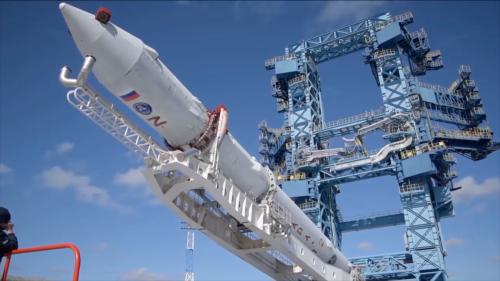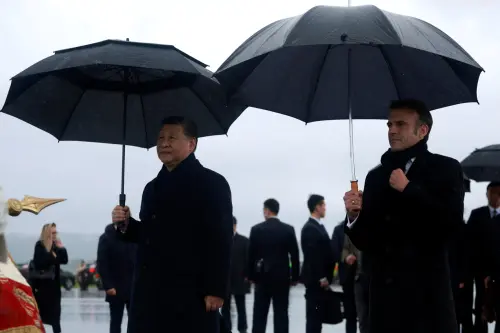Introduction
The administration of Barack Obama, as a key element of “resetting” relations with Russia, has prioritized securing a follow-on agreement to the 1991 Strategic Arms Reduction Treaty (START). Meeting in London on April 1, 2009, Presidents Obama and Dmitri Medvedev agreed that a new treaty reducing strategic arms would top their agenda. At their July 6-7 summit in Moscow, they defined the basic elements of that treaty.
Different motivations drive the two sides’ interest in a new strategic arms agreement. The aging of Russia’s submarines and intercontinental ballistic missiles (ICBMs) will cause that country’s strategic forces to shrink dramatically in coming years. The Russians thus seek an arms control pact that reduces US strategic nuclear forces as well. Moreover, the arms reduction process itself serves to validate Russia’s position as a nuclear superpower on par with the United States, which is politically important to Moscow.
The Obama administration desires to reduce nuclear forces and preserve START’s transparency and monitoring measures. As important, Washington hopes a post-START strategic arms pact will improve the broader US-Russia relationship and thereby help secure Moscow’s assistance on other American foreign policy priorities, such as Afghanistan and Iran. The administration also wishes to strengthen the global nuclear nonproliferation regime, and US and Russian nuclear reductions are crucial to America’s credibility with other countries on this issue.
While the countries’ motives may differ, the good news is that both Washington and Moscow want a deal. But they do not have much time – START expires on December 5, 2009 – and the negotiators must resolve several complex questions. These include missile defense, the treatment of conventional systems that have been converted from nuclear weapons systems, limits on missile launchers and bombers, verification procedures and rules on counting, and constraining the potential for deploying weapons that could lead to a rapid breakout from arms limits. These questions appear soluble, though they will require hard bargaining. Because the United States wants to maintain flexibility in its force structure and not apply treaty limits to weapon systems that have been converted from nuclear to conventional use, it will likely have to accept more intrusive verification measures than might otherwise be necessary.
The Obama administration regards a post-START treaty as the first step in a continuing process of nuclear arms reductions. But this will prove the last “easy” nuclear arms control agreement between Washington and Moscow. Looming in the future are issues such as tactical nuclear weapons, non-deployed strategic warheads, third-country strategic forces, and missile defense limits. These issues can and should be deferred for now, but they will have to be addressed in subsequent negotiations. This will introduce questions more complex than those addressed to date by US-Russian arms control.



Commentary
After START: Hurdles Ahead
September 28, 2009